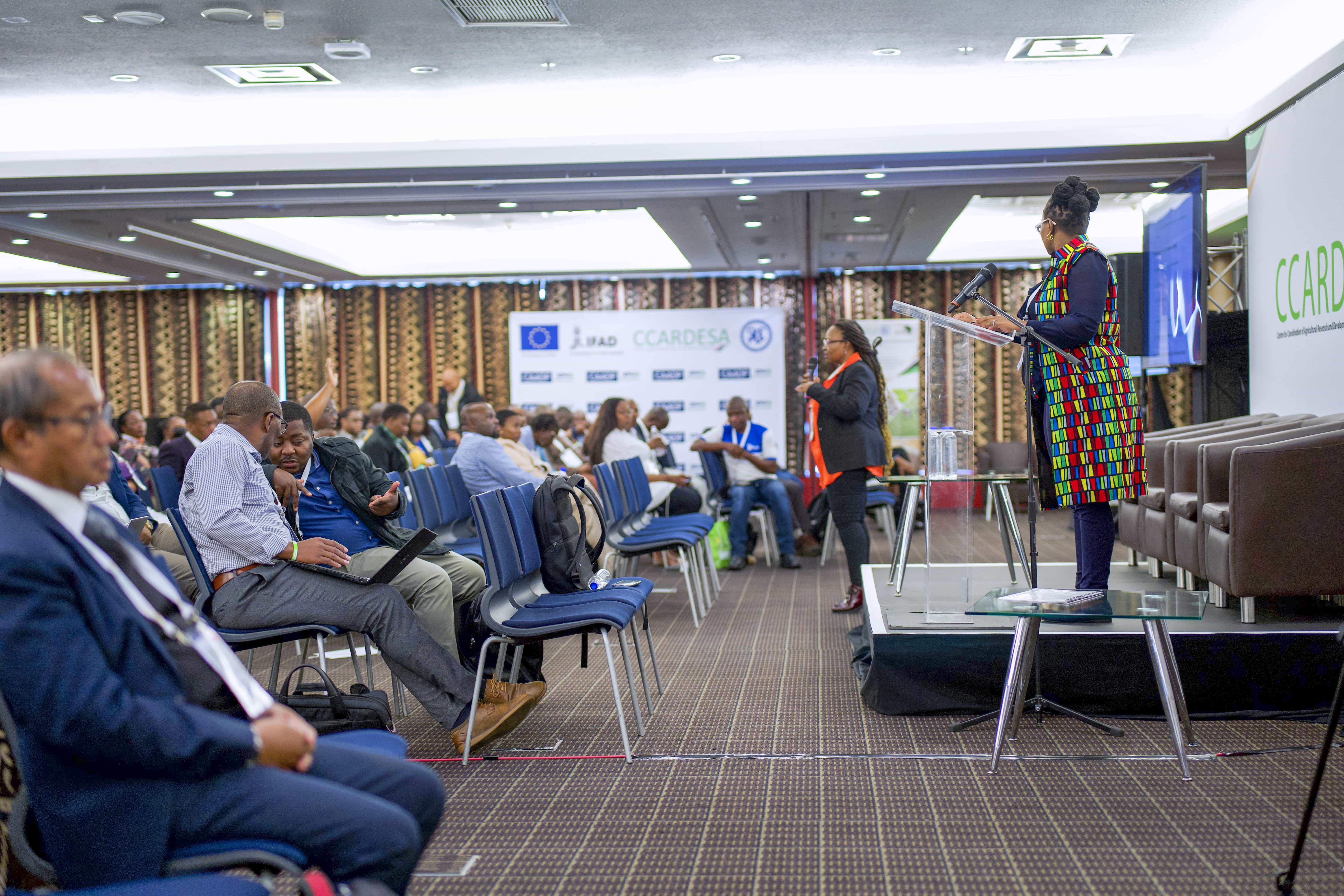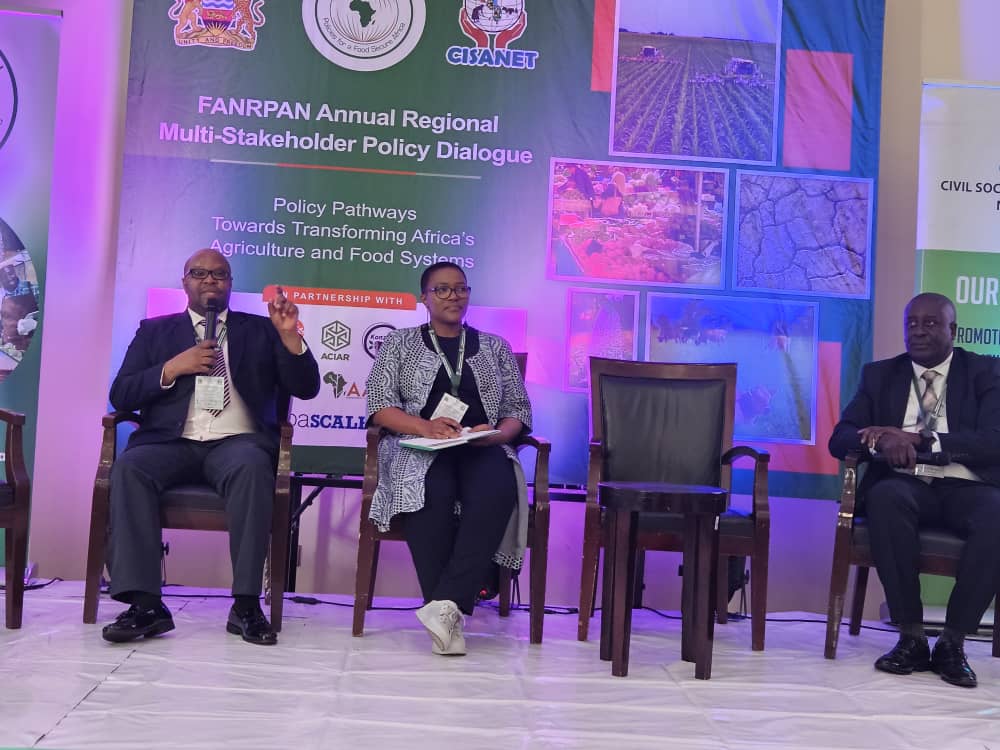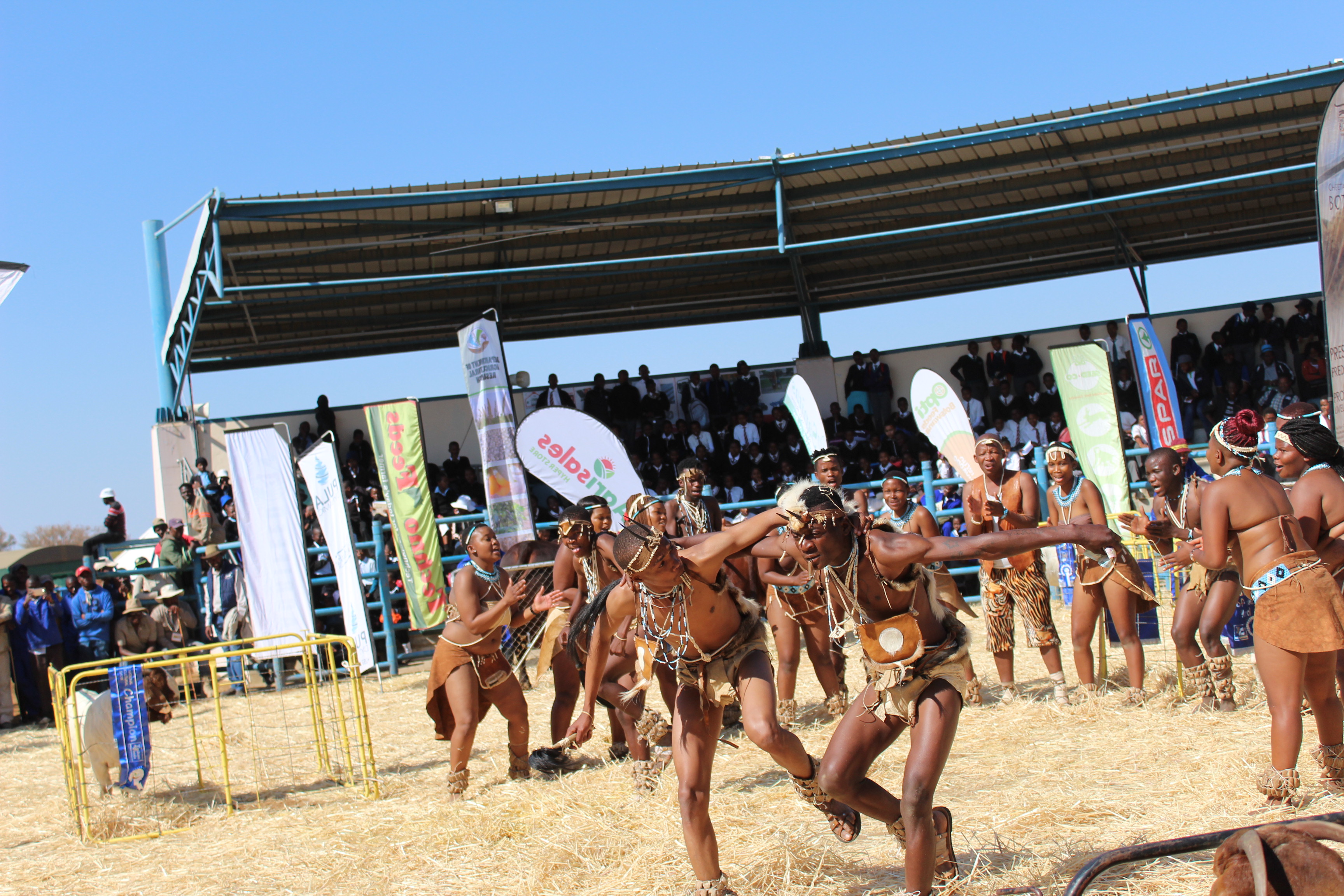APPSA Bean Processing Enhances Food Security and Income in Mozambique
The Agricultural Productivity Programme for Southern Africa (APPSA) embarked on an effort to promote sustainable value-addition to commonly grown food legumes and increase incomes among smallholder farmers in Zambézia and Niassa Provinces (Guruè, Lichinga, Cuamba, Muembe and Chimbonila Districts). About 913 small-scale farmers (610 females) were trained in legume grain selection, packaging, sealing and labelling. Forty (40) Extension staff were also trained so that they could train other farmers not reached by the project. APPSA introduced new agro- processing technologies of legumes in the same five districts, where the farmers were trained in processing of the legumes into different legume products. Farmers applied the agro-processing skills they learnt to improve food security and generate income through sales of their products.
Beans,
Food Security,
Mozambique
CCARDESA, APPSA. APPSA Bean Processing Enhances Food Security and Income in Mozambique. p.3.











